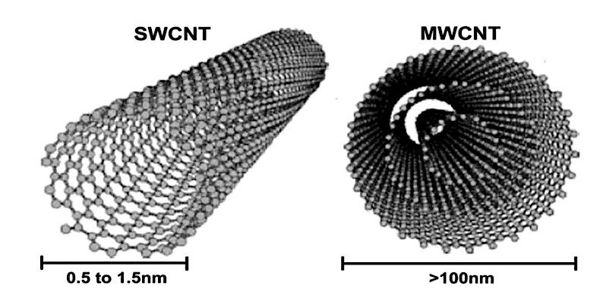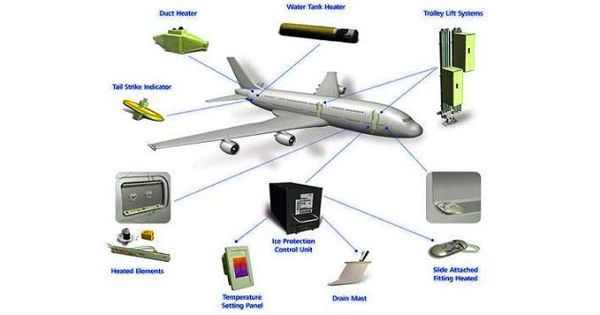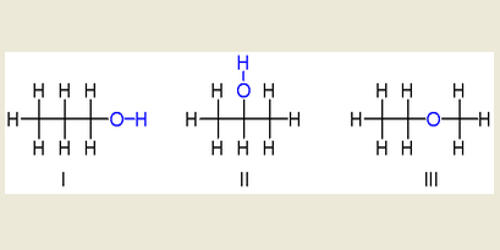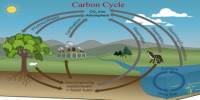Buckypaper is a new material that is very resistant and lightweight; it is manufactured using compressed carbon nanotubes (CNT). It is a thin sheet made from an aggregate of carbon nanotubes or carbon nanotube grid paper. A ‘buckypaper’ is made of CNT fibers with approximate size 50,000 times smaller than the diameter of a humanbeing hair. The nanotubes are approximately 50,000 times thinner than a human hair.
Originally, it was fabricated as a way to handle carbon nanotubes, but it is also being studied and developed into applications by several research groups, showing promise as vehicle armor, personal armor, and next-generation electronics and displays. The carbon nanotube sheet shows tantalizing properties for the aerospace industry.

Properties
Buckypaper is one tenth the weight yet potentially 500 times stronger than steel when its sheets are stacked to form a composite. When its sheets are combined, the resulting composite material, which looks like the carbon paper of a typewriter or carbon copy, is 10 times lighter as compared to steel, though 250 times powerful. It could disperse heat like brass or steel and it could conduct electricity like copper or silicon. It also has exceptional low optical reflectivity and thermal conductivity.
Applications
Its use on the structural base of the vehicles as well as on its body seems one of the most practical applications of this material. Among the possible uses for buckypaper that are being researched:
- Fire protection: covering material with a thin layer of buckypaper significantly improves its fire resistance due to the efficient reflection of heat by the dense, compact layer of carbon nanotubes or carbon fibers.
- It can be integrated into roofs for fire protection as it greatly enhances fire resistance because of its impressive reflection of heat by the compact and dense layer of CNTs.
- If exposed to an electric charge, buckypaper could be used to illuminate computer and television screens.
- Electromagnetic interferences that harm equipment and affects configuration can be prevented by protecting electronic equipment and circuits in an aircraft with the help of buckypaper.
- Since individual carbon nanotubes are one of the most thermally conductive materials known, buckypaper lends itself to the development of heat sinks that would allow computers and other electronic equipment to disperse heat more efficiently than is currently possible.
Its use is also very interesting in the field of medicine since it is a good material to use in artificial implants. It can also be employed as an electrode component for lithium-ion batteries, vanadium redox flow batteries, and supercapacitors.
Information Source:
















